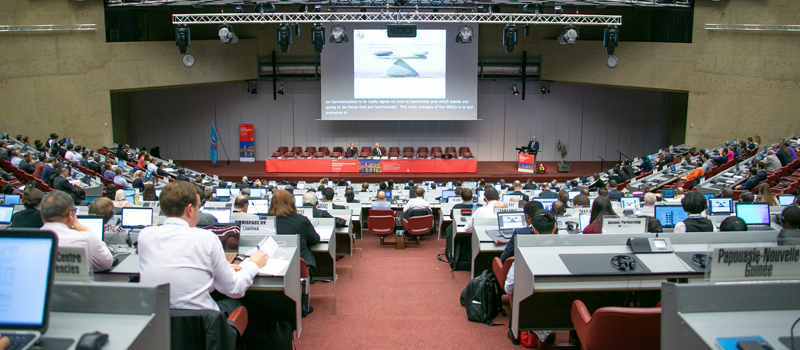 PTC takes a two–part overview of the world’s premier intergovernmental radiocommunications conference. What’s on the table?
PTC takes a two–part overview of the world’s premier intergovernmental radiocommunications conference. What’s on the table?
The tickets are ready. The bags are packed. The negotiations … well, they will arrive shortly. WRC–19, the world’s leading intergovernmental radiocommunications meet, is about to begin.
In a time of 5G and a slew of other services – some still on the drawing board – few doubt the importance of the decision–making in prospect. The economic implications of the upcoming talks could not be larger. Modern radiocommunications is now a multi-trillion-dollar technology edifice supporting a connected global economy. Mobile, broadcasting, and satellite communications together with Wi-Fi, wireless microphone connectivity, earth sensing, radio astronomy, and many other applications vie for limited resources, particularly in spectrum. For the technological, commercial, and geopolitical interests involved, the stakes are now undeniably huge.
High Stakes in a “5G WRC”?
Regulatory rulemaking, on an international scale, to allocate spectrum and keep services free from unacceptable interference is therefore a must. Making – and keeping – the rules is the job of the World Radiocommunication Conference (WRC), an intergovernmental meeting held customarily on four-yearly cycles.
WRC-19 may be the most important WRC to date. Mario Maniewicz, director of the ITU Radiocommunication Bureau that administers WRC suggests WRC-19 will be “a major landmark” in the evolution of a trillion-dollar telecommunication and ICT industry ecosystem. Joe Barrett, president of the Global mobile Suppliers Association (GSA), points out: “WRC-19 is the most important spectrum event on the calendar this year and is the culmination of four years of spectrum analysis and discussion.”
“Some are calling this the ‘5G WRC’,” says Tricia Paoletta, a partner at Harris, Wiltshire & Grannis LLP in Washington, D.C. and spectrum management specialist, “[given] so much spectrum is expected to be identified in the mmWave band for mobile network densification to allow the broader channels and higher speeds 5G requires and promises.”
Perhaps most evidently, political interests are now indisputably involved, and a new type of diplomacy may be emerging. “When diplomats and tech experts meet for the WRC-19, they will encounter a very different world of “radiocommunication diplomacy” from the one they left in 2015 after their last conference,” says Dr. Jovan Kurbalija, executive director of DiploFoundation and head of the Geneva Internet Platform. “In four years, ‘radio waves’ have moved to the central stage of global geopolitics.”
Getting the framework together for an initiative probably unique in the global high-tech community is itself therefore a formidable challenge. WRC-19, about to convene in Sharm El-Sheikh, Egypt, expects more than 3,000 delegates from 190 countries and private sector organizations for an intensive, month-long round of detailed rule-making on spectrum and satellite orbital management. The “rules,” as embodied in the Radio Regulations that emerge as the definitive treaty level agreement, cover international relationships only, leaving national governments and regulators to set particular arrangements inside borders.
“The Agenda for WRC-19 covers a series of issues related to the use of radio-frequency spectrum and satellite orbits,” Mario Maniewicz told PTC in a special interview. “It includes items that will have an impact on future broadband connectivity and on the evolving digital society, such as 5G mobile (IMT-2020 in ITU terminology).” He adds: “But it also includes high-altitude platform stations (HAPS), radio local area networks (RLANs); and also terrestrial wireless applications such as aeronautical and maritime communications, intelligent transport systems (ITS), railway wireless technologies; and satellite systems operating in non-geostationary satellite orbits (NGSO) providing a fixed-satellite service (FSS), and earth stations in motion (ESIM).” (See Sidebar 1.)
New and existing services must co-exist. Mr. Maniewicz points out: “All radiocommunications systems need to operate in accordance with internationally regulated spectrum allocations to allow them to function without causing harmful interference to other radio systems and devices.”
It is also a game of high stakes economics. He continues: “These technologies require the establishment of a stable, forward-looking and harmonized international regulatory framework, one capable of providing certainty to investors, economies of scale, and interoperability – a framework that ensures interference-free operation with necessary performance and quality of services.” Given what is frequently (and necessarily) a patchwork of practices around the world, he calls the harmonization efforts achieved so far “massively successful.”
All of this means that the WRC cycle is continuously active throughout the four-year period, and each WRC determines preparatory and negotiating activity for the next one guided by an Agenda agreed in advance. The cycle framework accepts input from many stakeholders and allows for a detailed technical study of Agenda Items. An international cycle of preparatory meetings feeds consolidated inputs to the WRC itself where decisions are made on a consensus basis. (See Sidebar 2.)
The clockwork-like intricacies of developing common and harmonized positions extend to the regional level. The Asia-Pacific Telecommunity’s APG is responsible for the planning in the region and preparations for WRC-19, drawing inputs from 38 Member States. “APG represents a very diverse set of countries,” points out Dr. Kyu-Jin Wee, chair of the APG, “from highly advanced territories to remote and developing regions still underserved in wireless communications.” Spectrum management practice in the region is also highly diverse, he says. The APG, as a Regional Group, has focused attention on all major Agenda Items for WRC-19 and negotiations on outstanding items will continue in WRC-19. “We will also seek to have common positions where appropriate with other Regional Groups in order to ease harmonized use of radio spectrum,” says Dr. Wee.
What Does 5G Need?
But pressures are building as new services enter the frame. At WRC-19, there is a particular focus on the innocuously labelled Agenda Item 1.13. This seeks to examine proposals for 5G mobile to use additional bands in higher frequencies than the mobile industry previously had the technology to use. It may be the first of many such requirements given the burgeoning demand from the mobile sector. The GSA’s Joe Barrett points out, “Spectrum for 5G above 6 GHz is a key component of WRC-19 and GSA is representing the mobile supplier ecosystem in cooperation with the mobile operator association, GSMA, to support the allocation of enough harmonized spectrum to make sure 5G services can be delivered and customer expectations can be met.”
He continues: “Access to a broad range of spectrum resource is the main growth driver for the deployment of wireless services; conversely spectrum can also be a limiting factor for the expansion of wireless broadband into new markets and industries. GSA therefore advocates that a range of frequency bands should be made available for mobile broadband including the low-band (below 2 GHz), mid-band (2 GHz to 6 GHz) and high-band (above 6 GHz).”
Moreover, it will need to be available in specific configurations. “GSA recommends that at least 1 GHz of spectrum, ideally contiguous, is made available per network, from high-bands to support the full range of coverage and capacity needs that are, and will be, demanded by public organizations, private businesses, and consumers,” says Mr. Barrett. “Commercial deployments in the U.S. are underway, and Korea and Japan services are planned to start in 2020. Many other countries are in the process of planning to license high-bands following WRC-19.”
Sidebar 1
The Technical Issues of WRC-19
Some of the key Agenda Items of WRC-19 include:
- Additional Spectrum For IMT-2020 Networks Otherwise Known as 5G:
5G is expected to connect people, things, data, applications, transport systems, and cities in smart networked communication environments. It should transport a huge amount of data much faster, reliably connect an extremely large number of devices, and process very high volumes of data with minimal delay.
- High Altitude Platform Stations (HAPS):
HAPS can be used to provide broadband connectivity and telecommunication services in communities, rural, and remote areas that are underserved. It would do so by providing fixed broadband connectivity from above civilian airspace for end users and transmission links between the core and mobile networks (backhaul).
- Terrestrial Wireless Applications for Aeronautical Communications:
The Global Aeronautical Distress and Safety System (GADSS) addresses all phases of flight under all circumstances, including in times of distress. It maintains an up‐to‐date record of each aircraft’s position and, in case of a crash, forced landing or ditching, the locations of survivors, the aircraft, and recoverable flight data recorders.
- Terrestrial Wireless Applications for Maritime Communications:
Update and modernize the Global Maritime Distress and Safety System (GMDSS) and expand geographical coverage, including in polar regions.
- Radio Local Area Networks (RLANs):
RLANs (including Wi-Fi) have been widely used for Internet connectivity, data delivery, and offloading mobile traffic to reduce the amount of data carried on cellular networks. WRC-19 is considering outdoor and in-vehicle use for RLANs.
- Intelligent Transport Systems (ITS) and Railway Wireless Technologies:
ITS is gradually changing the shape of road transportation, making cars smarter, driving more convenient, and roads safer. ITS does so by entering in various areas of transportation networks, such as vehicle navigation, traffic control, road signs, and automatic license plate recognition, etc. WRC-19 looks at harmonizing ITS spectrum.
- Radiocommunication Systems Between Train and Trackside (RSTT):
Facilitate radiocommunication systems between train and trackside to meet the demands of a high-speed railway environment, providing improved railway traffic control, and passenger safety as well as 5G mobile connectivity in a fast-moving train.
- Satellite Systems Such as NGSO, FSS, and Earth Stations in Motion (ESIM):
NGSO and FSS constellations operating closer to the Earth, improve the quality, increase the capacity, and reduce the costs of satellite services, enabling satellite operators to bring to market innovative solutions to bridge the digital divide and provide broadband for all.
Sidebar 2
The WRC Process
The preceding WRC sets the Agenda Items (AIs) on a mutually agreed (and transparent) basis for the current WRC, and this essentially governs activities in the current cycle.
Mario Maniewicz of the ITU says: “During the four-year cycle, ITU’s Sector Members from the industry along with Member States work on the sharing and compatibility studies to provide a technical basis for the subsequent decisions of the WRC. These studies are undertaken in Study Groups and they provide assurance that proposals that are then brought to subsequent WRCs are technically sound. The final Agenda is set by the ITU Council two years before the conference with the concurrence of a majority of Member States.”
Over the cycle, inputs and programs feed into the process and include formal and ad hoc initiatives. The ITU’s own process during the cycle is to convene and manage sector-specific Study Groups to examine the AIs assigned to them. It also consolidates proposals and agreements for each AI into a Conference Preparatory Meeting (CPM) document. The document has become lengthy: the current one published in early 2019 is 1,000 pages long. Six Regional Groups also decide on preparatory positions for the AIs. At a WRC, support from at least two Regions is required to add an Agenda Item to the next cycle. Direct national participation is also permitted. Additionally, the Director of the ITU Radiocommunication Bureau issues progress reports in the process that can influence the adoption of an Agenda Item.
After deliberations at the WRC, consensus outcomes are published as the Final Acts and an updated set of Radio Regulations (RR), which govern the use of radio frequency spectrum and satellite orbits. Central to the RR is the Table of Allocations, which lists what services are allocated to which frequency bands, either on a global basis, or in each of the three major Regions. The RRs are binding on signatory Member States over the cycle until the next WRC.
The WRC cycle attempts to streamline decision-making through encouraging prior agreement and negotiation between national parties leaving WRC itself to deliberate on outstanding items.
Decisions are made with reference to particular methods that promote better spectrum use and minimize harmful interference. Outcomes may include no change (NOC) to the text of an existing allocation decision, or a specified set of alternatives. Conditions (generally a set of specifications on interference mitigating measures) may also be introduced in the modification process. Decisions may be carried over to future WRCs for further consideration.
WRC Blog Contributors
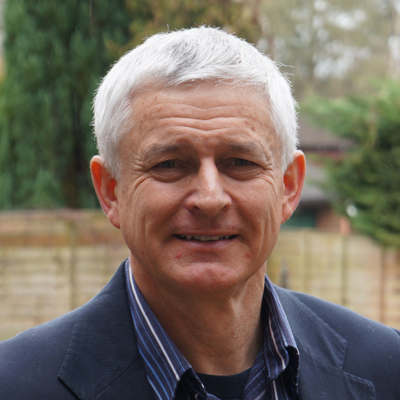
President, Global mobile Suppliers Association (GSA)

Director, Spectrum Policy and Regulatory Affairs for the Asia Pacific Region, GSMA
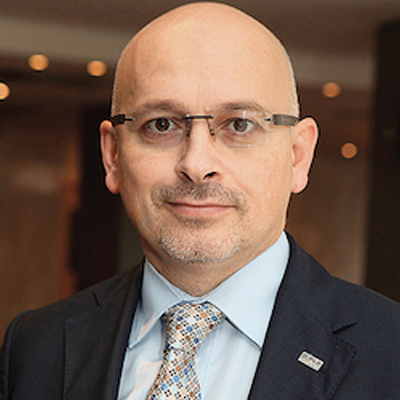
Executive Director, DiploFoundation
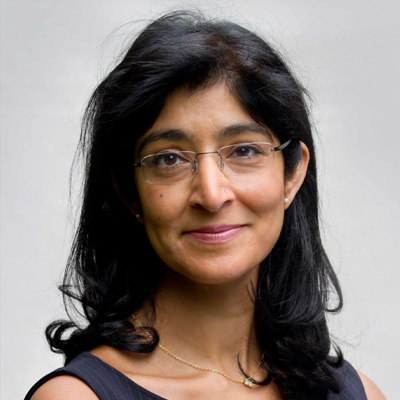
Secretary General, EMEA Satellite Operators Association (ESOA)
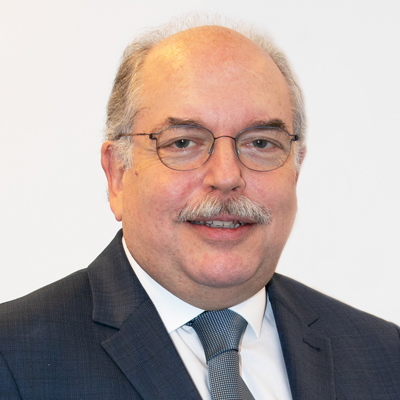
Director, ITU Radiocommunication Bureau
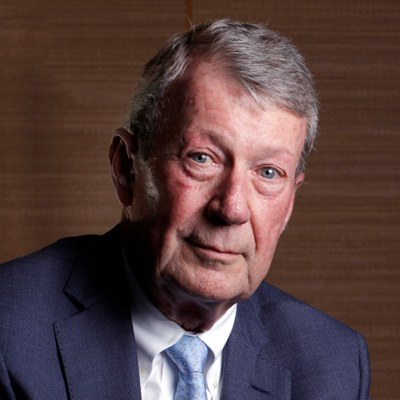
Director General, World Broadcasting Unions (WBU)

VP of Spectrum Strategy, Intelsat
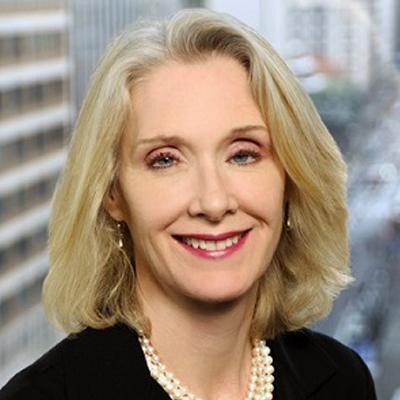
Partner, Harris, Wiltshire & Grannis LLP
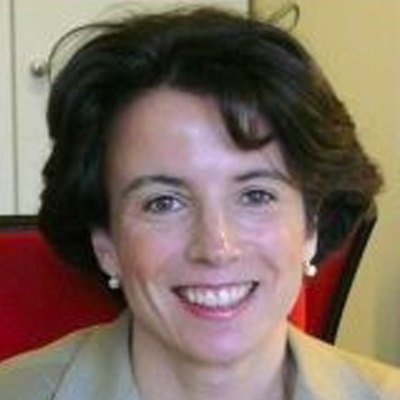
Senior Project Manager in Technology, European Broadcasting Union (EBU)
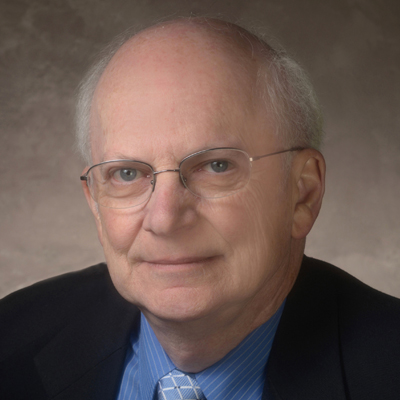
Secretary, International Amateur Radio Union (IARU)

Chair, APG




